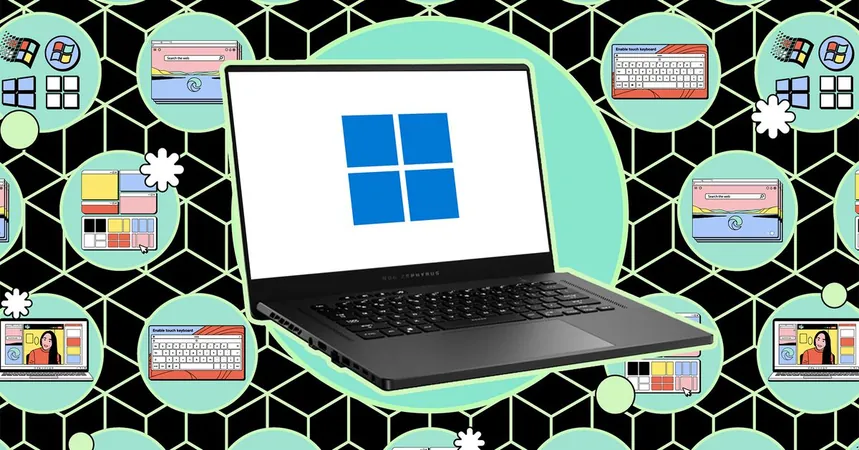
Unlocking the Power of Windows Terminal: A Comprehensive Guide
2024-09-22
Beneath the sleek, user-friendly interfaces of Windows and macOS lies a powerful command line console—an essential tool that has its roots in the early days of computing. Do you remember the time when launching applications meant typing out commands instead of just clicking on icons? While modern graphical interfaces have simplified our interactions with computers, the command line is far from obsolete; in fact, it remains a treasure trove of functionality for tech-savvy users. Here’s how you can leverage Windows Terminal, the ultimate command-line tool introduced in Windows 11, to enhance your computing experience.
What is Windows Terminal?
Windows Terminal is a modernized command-line utility that combines the features of the traditional Command Prompt and PowerShell. This innovative tool provides a unified interface where users can execute commands, access various shells, and even customize their terminal experience to suit their needs. You can find it easily in the Start menu: 1. Search for "Terminal" 2. Right-click the icon and select "Run as administrator" to unlock the full range of features.
Essential Commands Every User Should Know
Let’s delve into some must-know commands that can save you time, troubleshoot issues, and offer insights into your system: 1. **Schedule a Shutdown** Command: `shutdown /s /t 600` Need to turn off your computer after a specific duration? This command allows you to set a timed shutdown—just modify the number for your desired time in seconds. 2. **Visualize Your Folders** Command: `tree` Want to understand your file structure? The `tree` command provides a visual representation of folders and subfolders, simplifying navigation and organization. 3. **Resolve Network Issues** Command: `ipconfig /flushdns` If websites are acting up, flush your DNS cache with this command. It resets the connections between your computer and the internet. 4. **Gather System Information** Command: `systeminfo` From Windows version to CPU model and RAM size, this command reveals everything you need to know about your system’s specifications. 5. **Check Disk Integrity** Command: `chkdsk` This command scans your disk for errors. Adding the `/r` flag allows it to fix issues while recovering data, making it a go-to for troubleshooting. 6. **Monitor Running Processes** Command: `tasklist` Use this command to see which applications are consuming resources, helping to identify potential performance bottlenecks. 7. **Optimize Power Settings** Command: `powercfg /a` Discover all the sleep states your computer supports and get in-depth battery reports to improve energy efficiency. 8. **Verify System File Integrity** Command: `sfc /scannow` This command checks the integrity of crucial operating system files, often recommended as a first step when issues arise in Windows 11. 9. **Advanced Networking Diagnostics** Command: `netstat` Gain insights into the devices connected to your network and the applications communicating online, which might reveal unauthorized activity or help troubleshoot network problems.
Why You Should Master Windows Terminal
Using Windows Terminal not only enhances your productivity but also gives you deeper insights into the system architecture. It empowers you to troubleshoot issues quickly, optimize your computer's performance, and maintain control over your software environment. Whether you’re a casual user or a tech enthusiast, familiarizing yourself with these command-line tools can vastly improve your computing experience. As technology continues to evolve, honing your command line skills will keep you ahead of the curve. Embrace the power of Windows Terminal and unlock new potential in your workflow today!

 Brasil (PT)
Brasil (PT)
 Canada (EN)
Canada (EN)
 Chile (ES)
Chile (ES)
 España (ES)
España (ES)
 France (FR)
France (FR)
 Hong Kong (EN)
Hong Kong (EN)
 Italia (IT)
Italia (IT)
 日本 (JA)
日本 (JA)
 Magyarország (HU)
Magyarország (HU)
 Norge (NO)
Norge (NO)
 Polska (PL)
Polska (PL)
 Schweiz (DE)
Schweiz (DE)
 Singapore (EN)
Singapore (EN)
 Sverige (SV)
Sverige (SV)
 Suomi (FI)
Suomi (FI)
 Türkiye (TR)
Türkiye (TR)